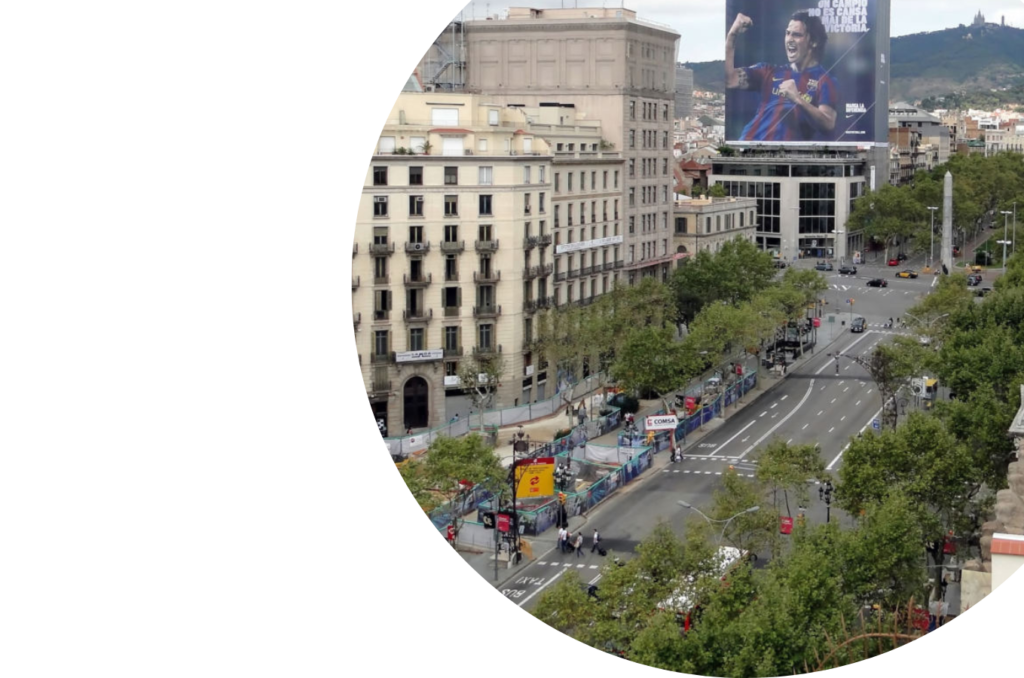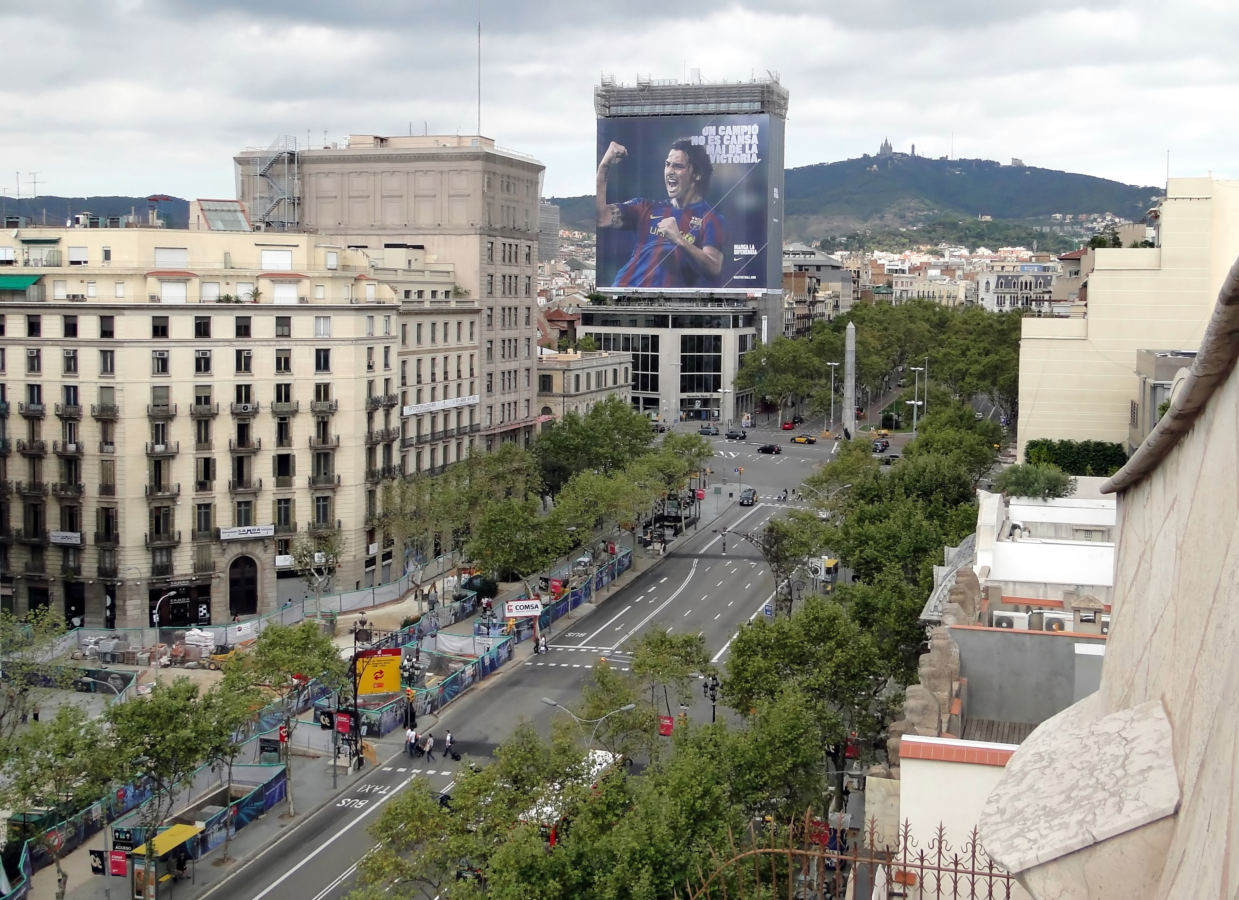How to Value Property in Barcelona (June 2020)

Is the listed price for the property fair? It depends. Barcelona has NO ‘market price’ as each apartment, flat, or house is too distinct to establish uniform pricing. The price of two flats in the same building may differ significantly. Learn how to value property in “La Ciudad Condal”.
1. How to Value Property.
Find the Price per square meter. Divide the property’s price by its size to get the price per square meter. There are two sizes:
(a) Constructed Size. The flat’s total surface includes balconies and patios called construido. A 300,000€ flat with 100 sqm construido = 3,000€/sqm.
(b) Usable Size. This is the indoor or usable space called utiles. It’s about 10% smaller. A 300,000€ flat with 90 sqm utiles = 3,333€/sqm.
⚠️ It’s a big difference. Agents post the constructed size online to keep the price per square meter low. You have to search the ad for the useable size, or better, measure the flat yourself when you make a visit. Don’t trust anyone on size.
2. Calculate and Compare
(a) Calculate the average price per square meter usable size for five flats you see online; if you can find the usable size in the ad. Look for utiles or UT. If it’s not there, you’ll have to use the constructed size.
(b) Visit and calculate the average price per square meter useful size for three flats in your purchase area. Don’t wander out too far. Visits are necessary to know the size and features. Online ads can be very misleading.
(c) Compare the two averages. The result is a reasonably reliable market price per square meter in that area.
(3) Exceptions
Some properties won’t fit this calculation:
(a) Terraces. This refers to an area of about 12 sqm or more of outdoor space. There are two types:
Walk-out Terrace. It’s on the same level as the flat. These are scarce and in high demand and have their own market. Expect to pay at least 20% above the average sqm price.
Rooftop Terrace. You access it by climbing stairs to the roof. These can be ‘community’, open to all building tenants, or private. In my experience, clients with children use them frequently in the summer for inflatable pools, etc. But most clients much less. They get especially hot in the summer and require a climb. Their value is less than a walkout. Don’t pay more than 10% over the average sq price.
(b) Basement. Less demand, less expensive. They are lowly-valued by assessment companies because of mold and similar issues. Strive to pay 10% less than the average sqm price, even if it has outdoor space.
(c) New Construction. This refers to a newly-constructed building of flats or a newly-renovated apartment. These cost more since they’re new, have less risk of damage, modern appliances, etc. And you are paying the renovator’s profit, big profit. Expect to pay 20% above the square meter average; if it has a terrace 35% above. They’re expensive.
(d) Fixer-Upper. This is a flat that needs renovations and/or repairs. The purchase price depends on the costs and the property’s overall condition. You can save a lot of money buying cheap and renovating yourself, so it’s a good option. There are several reputable architects and renovation companies in Barcelona to help. We can recommend some.
I hope you found this article helpful and know more about how to value property in Barcelona. If you follow the valuation tips above, please let me know. Property prices fluctuate continuously, and I’m open to feedback. Contact us if you have any doubts regarding this subject.





Deja una respuesta
Lo siento, debes estar conectado para publicar un comentario.